Safety at Home: Indoor, Outdoor, Online Safety....
Safety at home isn't just about securing or child-proofing your house.
It also includes being aware of their safety outdoors, at school, in social situations and so much more.
From infancy until forever you will worry constantly about your child and their safety.
Creating a Safe Home Environment
Childproofing Your Home
Start by making your home as child-friendly as possible. Here are some key areas to focus on:
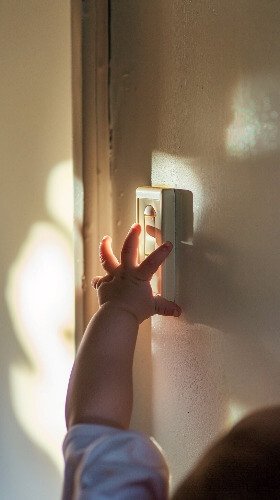 Baby has crawled to an outlet and is reaching for it. Safety covers have been placed on it.
Baby has crawled to an outlet and is reaching for it. Safety covers have been placed on it.- Install Safety Gates: Place them at the top and bottom of stairs to prevent falls.
- Lock Cabinets and Drawers: Keep dangerous items like cleaning supplies, medications, and sharp objects out of reach.
- Cover Electrical Outlets: Use plug covers to prevent little fingers from exploring these dangerous spots.
- Anchor Furniture: Secure heavy furniture and TVs to the wall to prevent tipping.
Fire Safety
Fire safety is a crucial part of safety at home. Make sure to:
- Install Smoke Alarms: Place them in every bedroom, outside sleeping areas, and on every level of your home. Test them monthly.
- Create an Escape Plan: Have a plan in case of fire and practice it regularly with your children. Where all the exits are located and choose a location to meet. Like neighbours across the street.
- Keep Fire Extinguishers or Fire Blanket: Have them readily available in the kitchen and near the fireplace.
Preventing Choking Hazards
Young kids are curious and will often put things in their mouths. To prevent choking:
- Supervise Mealtime: Cut food into small, manageable pieces.
- Inspect Toys: Ensure toys are appropriate for your child's age and free of small parts.
- Keep Small Items Out of Reach: This includes coins, batteries, and small toy parts.
Outdoor Safety
Playground Safety
Playgrounds are fun but can pose risks. Be sure that safety at home extends to your local playground:
- Check Equipment: Make sure it's in good condition, with no sharp edges or broken parts.
- Supervise Play: Always keep an eye on your children while they play.
- Safe Play: Encourage children to use equipment properly and avoid pushing or shoving.
Scooter and Bicycle Safety
For kids who love to ride their bikes or scooters, follow these tips:
- Wear Helmets: Ensure helmets fit properly and are worn at all times.
- Use Safety Gear: Equip your children with knee and elbow pads.
- Choose Safe Routes: Choose bike paths and sidewalks away from traffic.
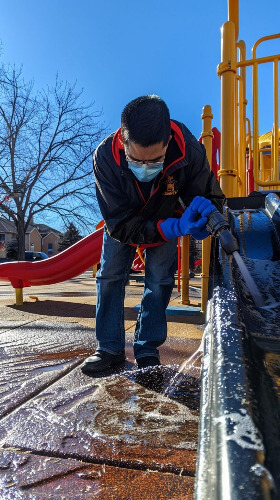
School Safety
Traveling to and from School
Whether walking, biking, or riding the bus, make sure your children know these safety rules:
- Walk on Sidewalks: Always use crosswalks and follow traffic signals.
- Bus Safety: Teach your children to wait for the bus away from the road and to stay seated during the ride.
- Buddy System: Encourage walking with a friend or in a group.
Safety in School
Talk to your children about how to stay safe during the school day:
- Know Emergency Procedures: Make sure they understand what to do during fire drills and lockdowns.
- Identify Safe Adults: Teach them to recognize and approach trusted adults if they need help.
- Report Bullying: Tell your kids how important it is to speak up if they or someone they know of is being bullied.
Personal Safety and Strangers
Teaching About Strangers
While you likely don't want your child to be afraid of others, it's important for your children to understand the potential dangers of strangers:
- Define Strangers: Explain that a stranger is anyone they don’t know well, even if they seem friendly.
- Safe Distance: Teach them to keep a safe distance from strangers.
- No Gifts or Rides: Reinforce that they should never accept gifts or rides from strangers.
Online Safety
With the increasing use of technology, digital safety is a key aspect of safety at home:
- Monitor Online Activity: Keep an eye on the websites they visit and the apps they use.
- Set Privacy Settings: Ensure privacy settings are high on all devices and platforms.
- Educate About Cyberbullying: Teach them to recognize and report any online bullying.
Safety at Home; Be Prepared for Emergencies
First Aid and Emergency Contacts
Prepare your children for emergencies with these steps:
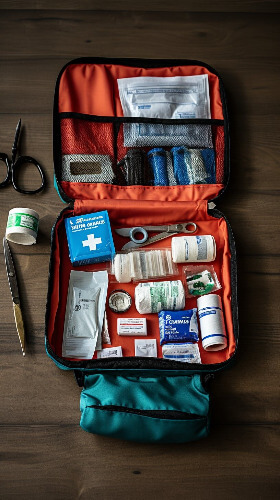 First Aid Kit filled with all medical supplies needed for the home.
First Aid Kit filled with all medical supplies needed for the home.- First Aid Kit: Keep a well-stocked first aid kit accessible.
- Teach Basic First Aid: Show older children how to use the kit and perform basic first aid.
- Emergency Contacts: Ensure your children know how to reach you and other trusted adults in case of emergency.
Natural Disasters
Depending on where you live, it’s important to prepare for natural disasters:
- Earthquake Drills: Practice duck, cover, and hold drills.
- Storm Safety: Teach them to stay indoors and away from windows during severe weather.
- Evacuation Plans: Have a clear evacuation plan and practice it regularly.
Emotional Safety
Building Trust and Communication
Emotional safety is just as important as physical safety:
- Open Communication: Create an environment where your children feel comfortable sharing their concerns.
- Listen Actively: Pay attention to their worries and validate their feelings.
- Provide Reassurance: Offer comfort and reassurance during difficult times.
Recognizing Signs of Distress
- Changes in Behavior: Watch for sudden changes in mood, eating habits or sleep.
Be aware of signs that your child may be struggling emotionally:
- Withdrawal: Take note if they start to withdraw from activities they once enjoyed.
- Seek Help: Don't hesitate to get professional help if you notice continued signs of distress.
Safety at home involves keeping your children educated and having open communications with them.
Except when they are a baby of course, then it’s up to you to protect them and keep them safe from harm.
Also, it’s not about scaring your children into thinking that the world is an unsafe place, but it is about empowering your child with the knowledge they need to stay safe.








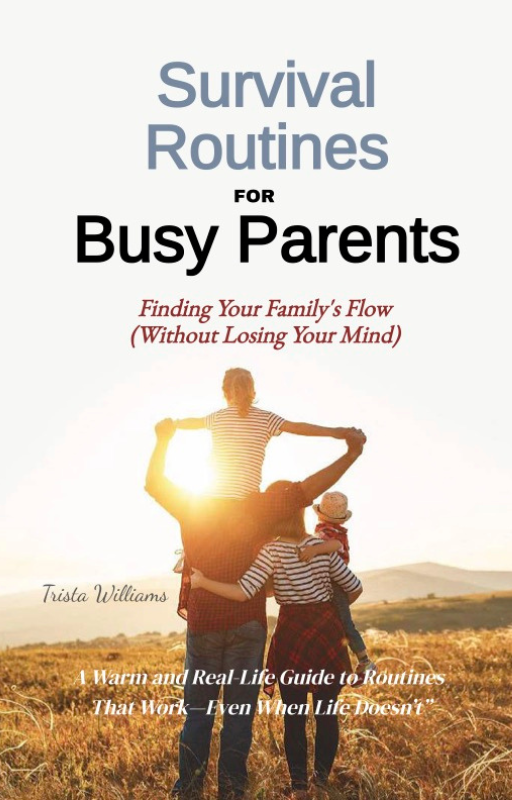























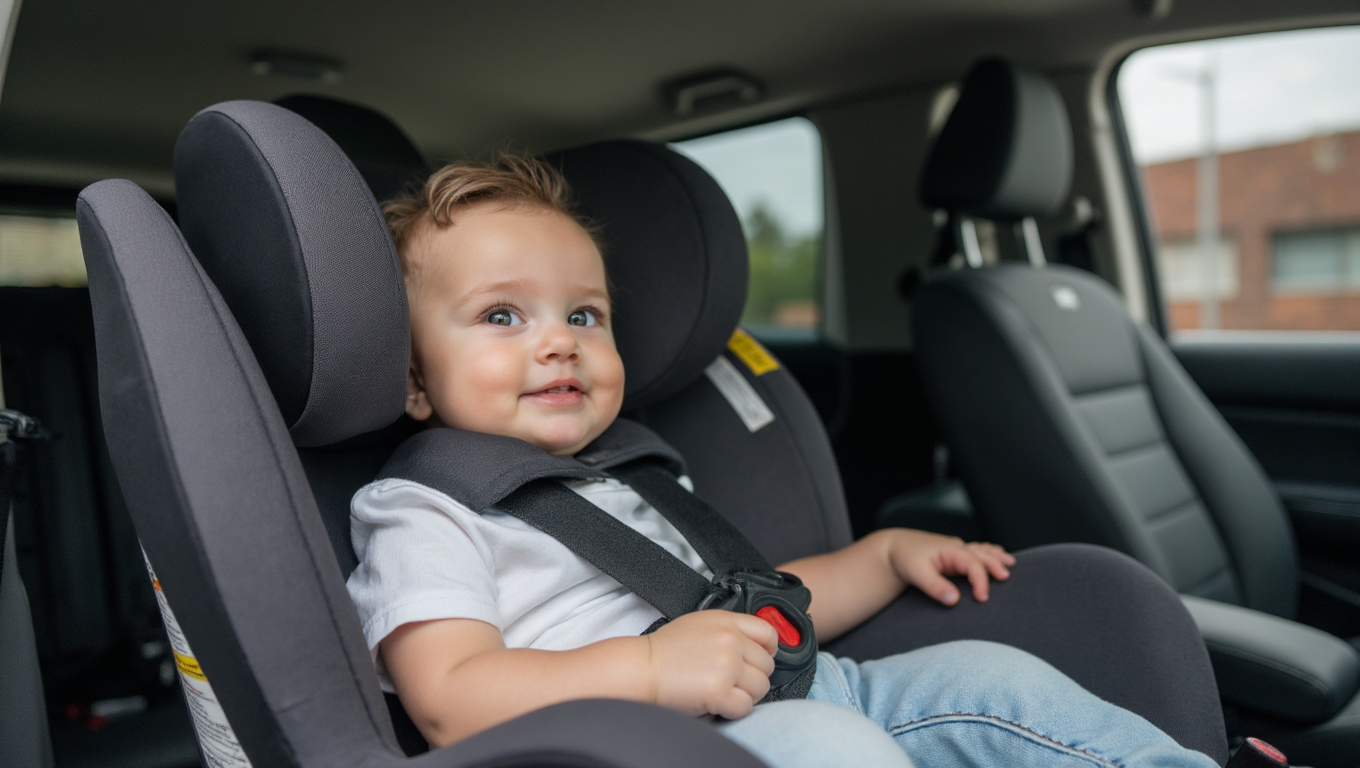







New! Comments
Have your say about what you just read! Leave me a comment in the box below.